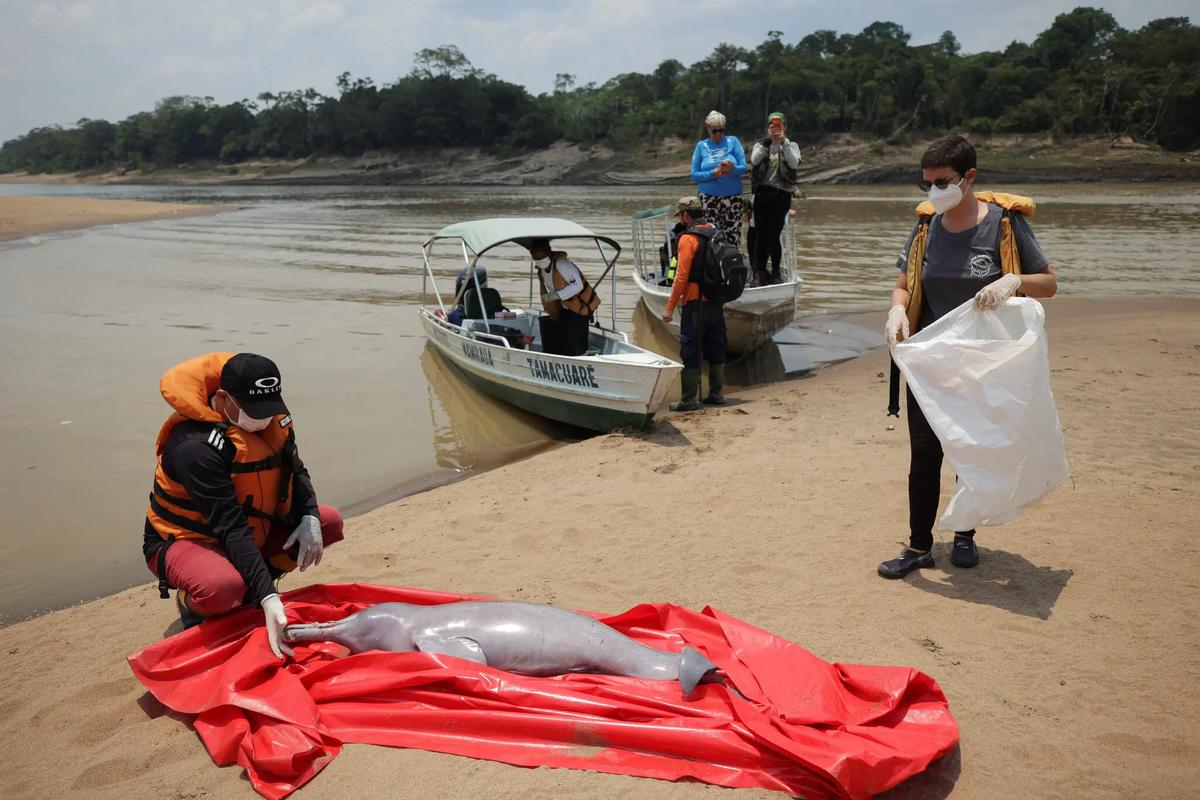The Green Page:

In Earth's Hottest Spots, Heat Is Testing The Limits Of Human Survival:
Heat is testing the limits of human survival in Earth's hottest spots - and demonstrating the extremes that are increasingly possible and probable against the backdrop of accelerating global warming.
Recently, China set an all-time high of 52 degrees Celcius, while Death
Valley hit 53 degrees, two shy of the highest reliably measured temperature on Earth.
Phoenix had a record-breaking 19th consecutive day at or above 43 degrees. In the Middle East, the heat index reached 67 degrees Celcius, nearing - or surpassing - levels thought to be the most intense the human body can withstand.
Such conditions are more than enough to overwhelm the body's ability to regulate its
internal temperature, experts said, and offer a glimpse of dangers only expected to
become more prevalent as global warming increases extremes in heat and humidity.
"We know these extreme temperatures are killing people right now," said Cascade
Tuholske, an assistant professor at Montana State University.
Without the help of air conditioning, fans or shade, the body only has its own cooling
system to withstand heat. Some body heat can escape through convection and radiation,
though that is only effective if the air temperature is lower than body temperature.
Otherwise, sweating is the only way to cool down, transferring heat from the body to the
air as it turns from a liquid to a vapour. But that, too, has its limits.
"Sweating is only effective in cooling our bodies if it evaporates," said Larry Kenney, a
professor at Pennsylvania State University who studies physiological responses to heat.
Sweat that pools on the skin or drips off "represents dehydration, without any cooling
effect," he said.
Research has shown the human body loses its ability to cool itself via sweating at 35 degrees Celsius on a scale known as the wet bulb global temperature,
which factors in a combination of temperature, humidity, wind speed, sun angle and cloud
cover.
A study Kenney published last year estimates that bar to be even lower, closer to 31 degrees Celsius, even for young and healthy people, based on observations
of volunteer test subjects in a weather-controlled chamber.
At that point, exposure to such heat and humidity can strain the heart and cause body
temperatures to rise unabatedly, Kenney said. That's why extreme heat is most
dangerous for older people and those with heart conditions.
This year, extreme conditions are occurring alongside a large surge in global heat. It
is the product of a resurgent planet-warming El Niño climate pattern on top of the greenhouse gas-driven warming.
The planet experienced record warmth in June, and the trend also extends to Earth's
oceans.
The waters around Florida, where residents are used to steamy conditions, are experiencing record heat and humidity this year and have surged close to 38 degrees Celcius. That means Tuholske added, that not even a dip in the ocean can provide relief from the heat.
"The summer of 2023 is proving to be one of the hottest, if not the hottest and most
dangerous," Tuholske said.
It's not just humans we have to worry about. The Amazon River has become so overheated their native Dolphin species cannot survive in it and are dying in most concerning numbers.

